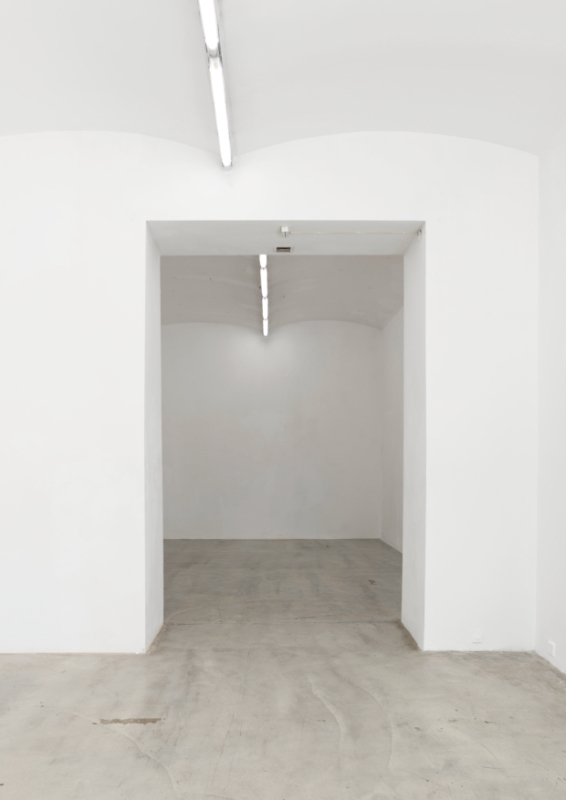
______
Etablissement d'en face
WAF Galerie, Vienna 2021

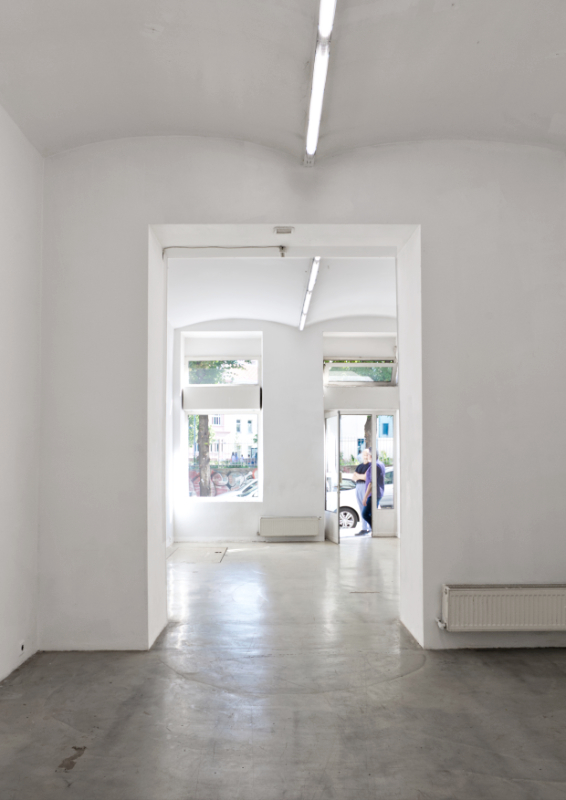
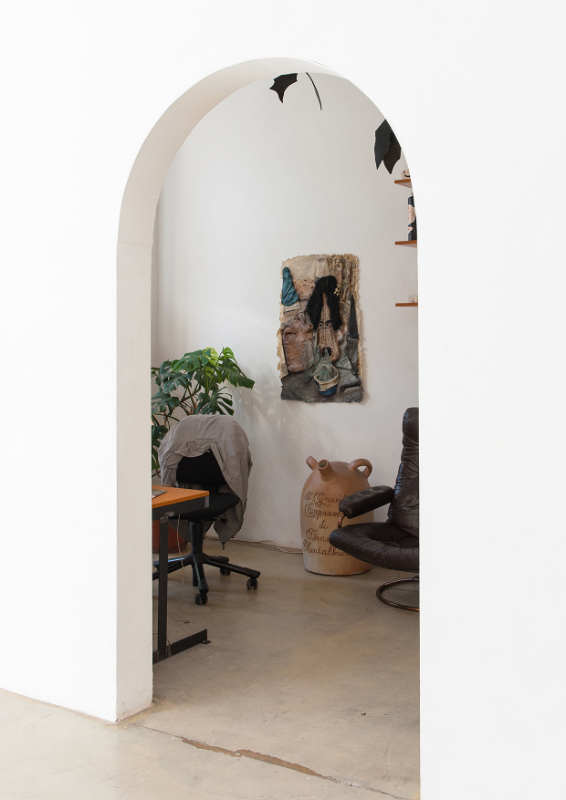
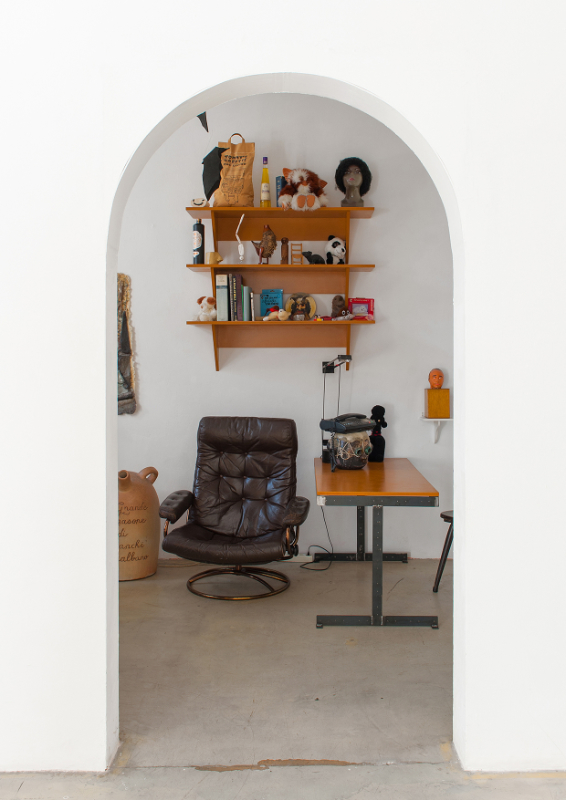
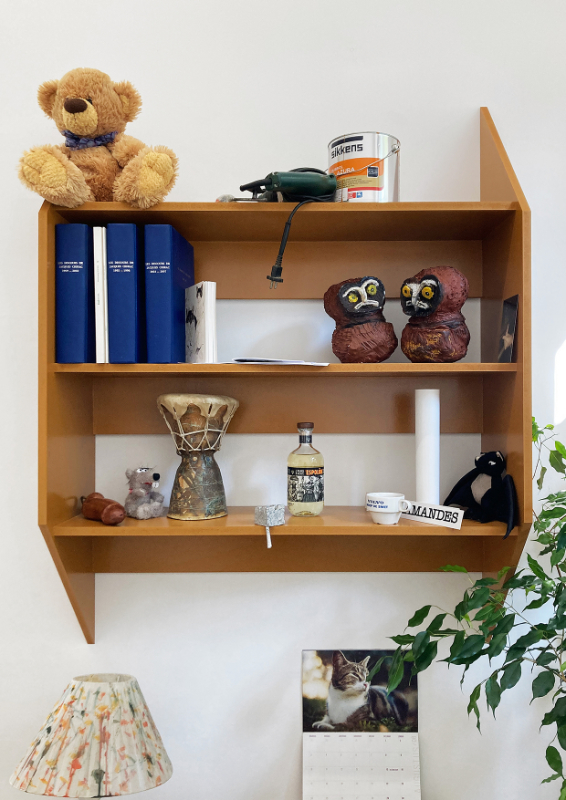
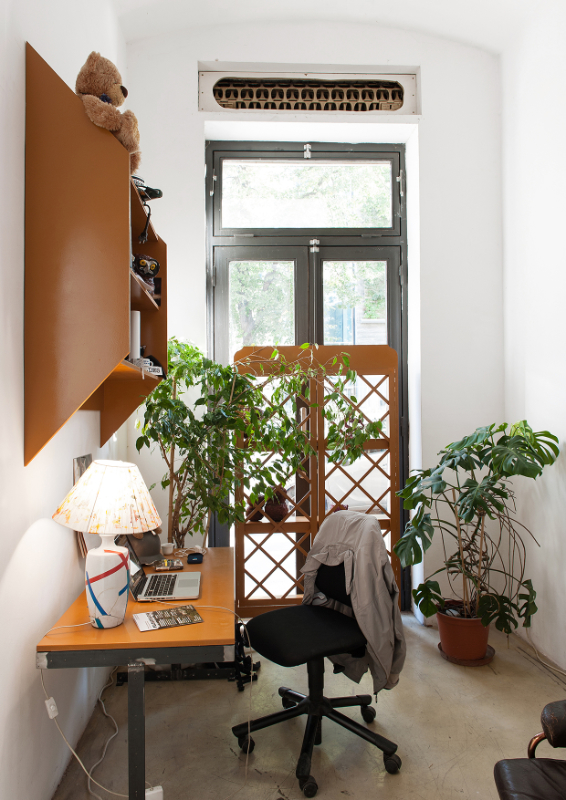
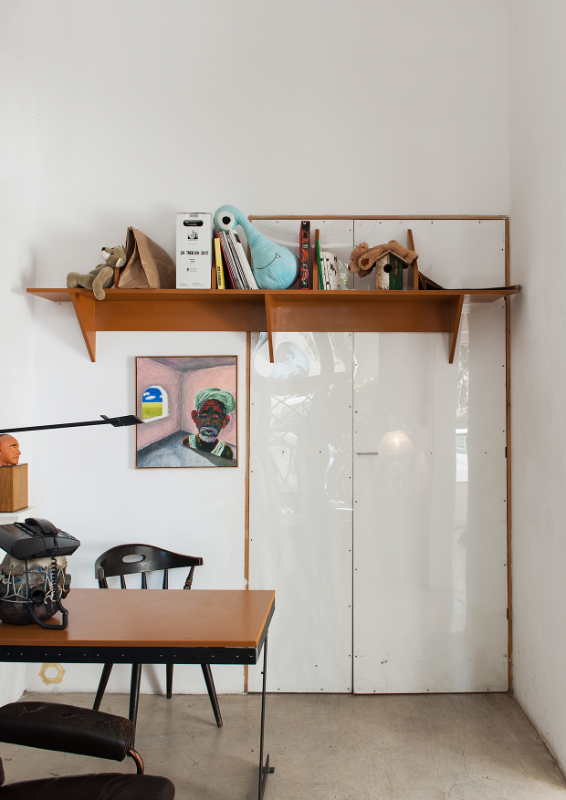
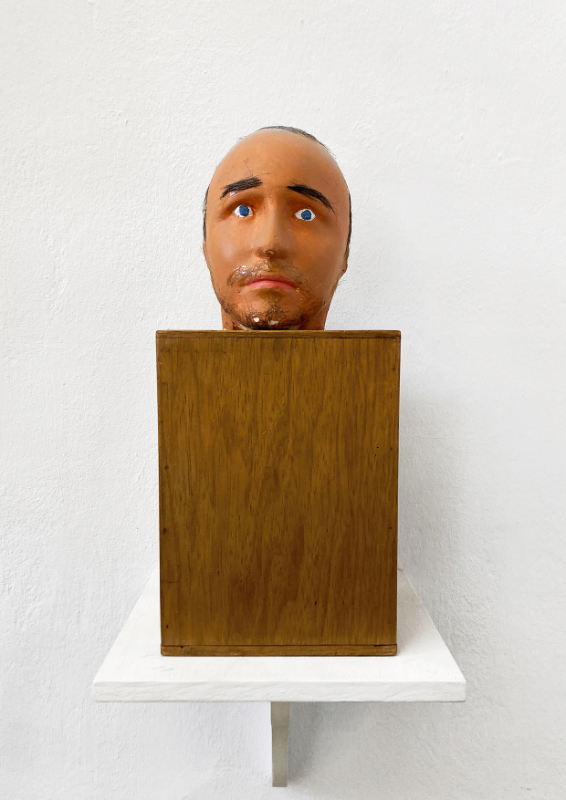
Etablissement d'en face, 2021
Christoph Meier, Ute Müller, Robert Schwarz, Lukas Stopczynski
With performances by
Gijs Milius, Harald Thys, Margot Vanheusden, Etienne Wynants et. al
ADMINISTRATION, PROCRASTINATION, CONVERSION:
AN OFFICE IN BRUSSELS, BELGIUM
by Martin Germann
From the 1960s onwards, the office as a metaphor took on a central position in art discourse, not only in that Benjamin Buchloh spoke of the "aesthetics of administration": the rhetoric of mathematics, numbers, files and other administrative materials became the focus of conceptual artistic creation, preferably by white men, as a critical appropriation. Joseph Beuys implanted a real office at Documenta 5 (1972), for "direct democracy". In any case, it became clear that the exhibition space as a container is just as little neutral as the unbroken alpine white of global art space and museum walls suggesting its innocence, but that is another story. Through further exploration of the often cited "context" - and vice versa - acts of organisation and planning that precede artistic expressions and productions successively became the focus of creation itself - which, according to the rule of alternating fashions, reached new heights in the 1990s; in Vienna, the keywords "Depot" or " Wochenklausur " should be mentioned. And the founding members of Etablissement d'en Face were undoubtedly aware of this fact when they opened their space 30 years ago in 1991, even though the pragmatically and cleverly chosen name (Etablissement d'en Face = space opposite) wants to convey the idea of an outside - a position that has long seemed difficult to impossible to take from the realm of art.
Where, if anywhere, could such an "outside" still be located? But slowly. Christoph Meier, Ute Müller, Lukas Stopczynski and Robert Schwarz were guests at Etablissement d'en face for a summer in autumn 2017, when they installed the third version of their replica Loos-Bar, entitled "Strookoffer" and escalated in many respects, in the basement of the current space opposite BOZAR in Brussels. For three months, work was always done there at night, "underground", in retrospect a social place that has made it into Brussels' hazy collective memory. As artists, Meier, Müller, Stopczynski and Schwarz were also interested in presenting in exhibition spaces above, something that has so far been denied despite many discussions in the office from where the programme planning is controlled. So for the time being, the only thing left for the artists to do was to better understand this office and how it works. From here, the plan developed to mirror it sculpturally, which also corresponds to a continuation of their scaling works of the Loos Bar. This applies, for example, to the extra-modernist furniture designed by Harald Thys, which defies descriptive adjectives, but also to the things that have accumulated in this place over the years: artworks, books, plants, countless things - resinous, lived-through, dusty things, real "stuff" according to Heidegger, which seem increasingly lost in the touchscreen world. In the office of Etablissement d'en face, stuff includes computer technology. While processor speeds have doubled every year for the last 30 years, here they once upgraded from the 186 to the 386 processor and, to counteract this step, proportionally halved the response speed to emails and messages, if they can enter the office at all through the 14.4 modem.
As in any institution, the dominant systems of power are also reflected in the design: the centrally draped leather visitor's chair, within which visitors are nestled in the centre, as if out of sight of the operators, during often hours-long discussions full of pauses, jokes, monologues and red wine. The complete title of Benjamin Buchloh's text mentioned at the beginning is "From the Aesthetics of Administration to the Critique of the Institution" - and the content of the second part of the title has degenerated into a numb routine in the current art business. Institutional critique at the heart of this Brussels institution, on the other hand, is achieved by slowing everything down to a standstill, by vaporising economies of attention, indeed, by making this office "la part de l'ombre", where - to finally quote Georges Bataille - a "shadow side that is part of our self, a space out of control, outside geography, time and moralistic codes" is formulated. This outside finally materialises with the inside of the office of Etablissement d'en face, Brussels, which outside Brussels, mirrored in Vienna, again poses the question of what an exhibition can be and achieve. by Martin Germann
(Fig.1–12)
Various materials, various dimensions
______